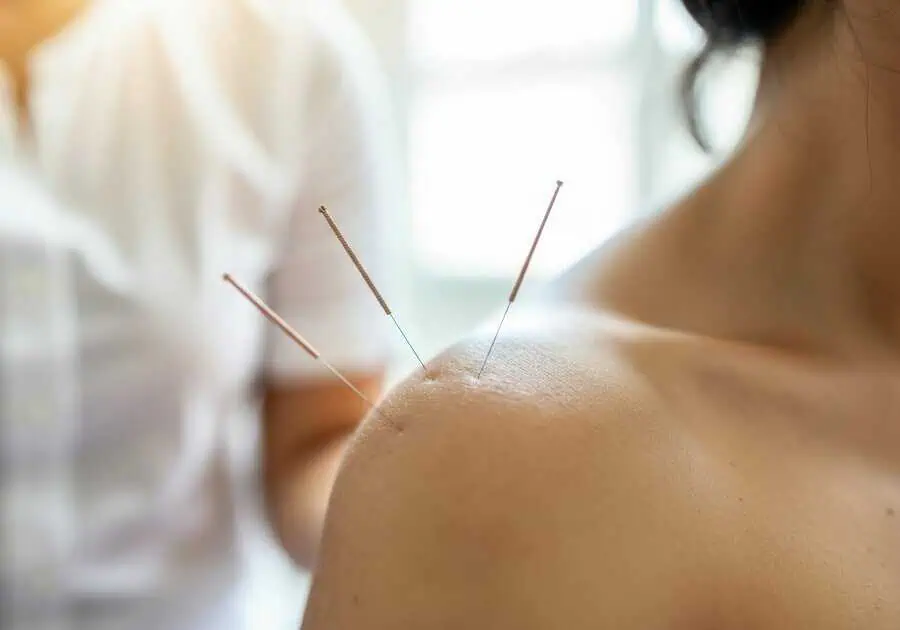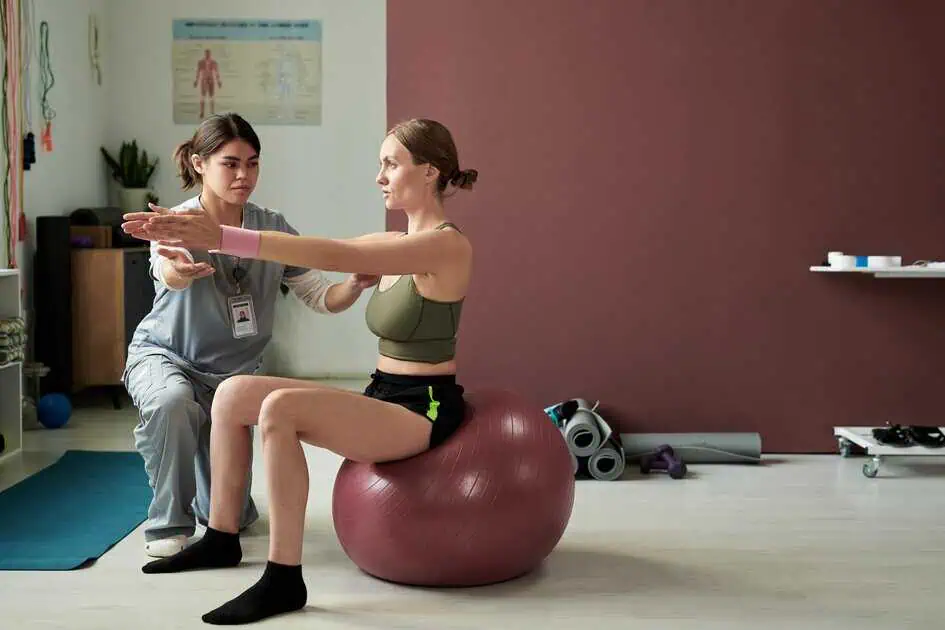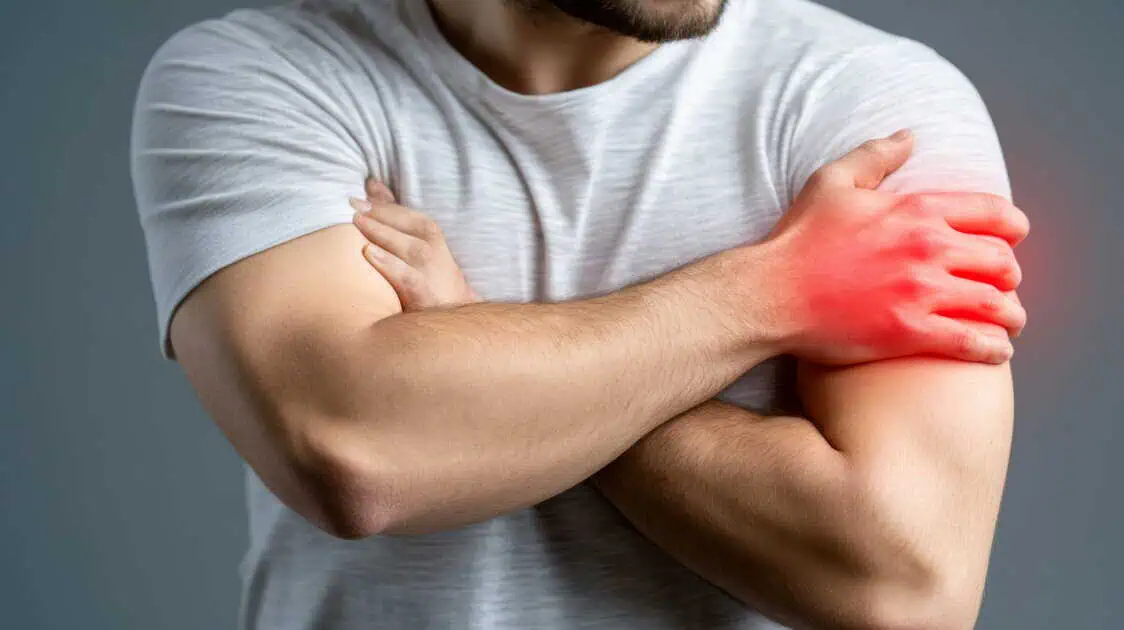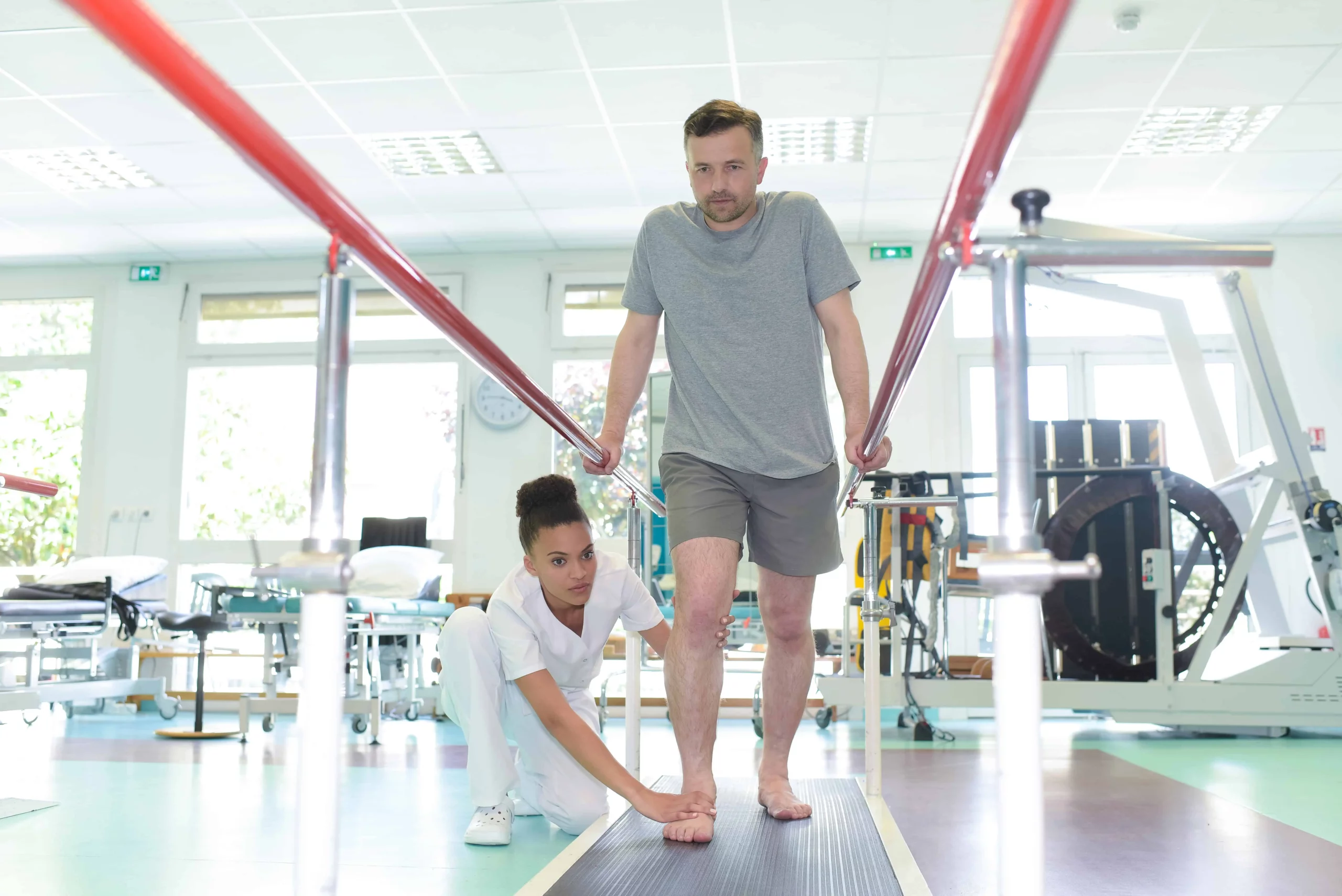Table of Contents
Back pain plagues millions worldwide, often disrupting daily life and well-being. This article focuses on offering evidence-based solutions for alleviating this common ailment. Hudson Premier Physical Therapy & Sports at Jersey City and Union City, NJ, emerges as a standout, offering cutting-edge back pain programs. Our goal is to give you knowledge and options for better managing your back pain and improving your overall quality of life.
Understand the Root Causes of Back Pain
If you’re wrestling with back pain, understanding its root causes can be the first step toward finding effective relief. Here, we’ll break down the most common causes of back pain, aiming to help you pinpoint what might be triggering your discomfort. Knowing the reason can guide you to targeted treatment options that work.
- Poor Posture: Poor posture means you’re not aligning your spine correctly. Back pain can be caused by slouching, hunching over your computer, or standing incorrectly.
- Muscle Imbalances: When certain muscle groups are stronger than others, it puts uneven pressure on your spine.
- Overuse or Strain: Lifting heavy objects incorrectly or engaging in strenuous activities can strain your muscles and ligaments.
- Underlying Medical Conditions: Conditions like arthritis, osteoporosis, and herniated discs can result in back pain.
- Psychological Factors: Stress, depression, or anxiety can contribute to muscle tension and, ultimately, back pain.
- Poor Lifestyle Choices: Lack of exercise, smoking, or excessive weight can exacerbate back pain.
- Pregnancy: The added weight and change in the center of gravity during pregnancy can lead to back pain.
- Aging: As we age, the likelihood of experiencing back pain increases due to natural wear and tear.
Understanding the root cause of your back pain is the first step in treating it effectively. With this knowledge, you can tailor your approach to relief, opting for a back pain program that directly addresses your unique situation.
Types of Back pain
1. Disc Herniation
A herniated disc occurs when spinal discs bulge or rupture. About 40-60% improve without surgery, usually within 6-8 weeks. Treatment may include spinal decompression and avoiding heavy lifting. Acupuncture can be an option. Being informed is crucial as a diagnosis can worsen symptoms due to the nocebo effect.
2. Neck Osteoarthritis
Neck osteoarthritis commonly affects those over 50, causing pain and limited motion. By age 60, most show x-ray evidence, but it’s often not the cause of neck pain. Generally, due to wear and tear, treatment focuses on symptom management, not a cure. Severe cases may consider surgery. Manage symptoms with good posture, supportive furniture, and balanced activity.
3. Torticollis
Torticollis causes neck twisting and affects 2% of newborns, often from breech birth or muscle issues. Treatment involves stretching exercises and strategic toy placement. It’s not just a local issue; even slight tilts can impact long-term development and contribute to conditions like scoliosis.
4. Thoracic Outlet Syndrome
Thoracic outlet syndrome leads to neck and shoulder pain from compressed vessels or nerves. It’s hard to diagnose and often stems from poor posture or occupational tasks. Physical therapy is the primary treatment, aiming to improve posture and strengthen muscles. Prevention includes maintaining good posture and taking frequent breaks during static work. Contrary to popular belief, it’s not a common cause of chest pain.
5. Fibromyalgia
Fibromyalgia affects roughly 5 million Americans, mainly women, causing muscle pain, fatigue, and sleep problems. Diagnosis is symptom-based; treatment focuses on pain and sleep management, often via primary care providers. Stress-reduction methods like yoga can help manage flare-ups. Contrary to myth, psychological issues are rare in patients. Recent studies link the condition to brain blood flow abnormalities, confirming it as a disease.
6. Radicular Pain
Cervical radicular pain often affects those aged 50-54, stemming from irritated cervical nerves, commonly due to herniated discs. Symptoms include radiating arm pain and numbness. Most recover within 12 weeks without surgery, though surgery can hasten recovery. Cervical traction at home can help, applying 8-12 lbs. of force for 15-20 minutes. Crossing arms may also reduce pain.
7. Posture Dysfunction
Posture dysfunction, often caused by prolonged sitting, misaligns the spine and leads to muscle imbalance. Poor ergonomics accounts for 34% of workday injuries. Proper screen and chair height can help, while foot health is crucial for good posture. Spinal shape, not laziness, often dictates posture. Striving for a “perfect” stance can be tiring.
Strategies for Alleviating Back Pain
Alleviating back pain requires a multifaceted approach tailored to the specific causes and conditions. However, several general strategies can be effective in reducing back pain:
Lifestyle Changes
- Weight Loss: Shedding some pounds can relieve pressure on your back if you are overweight.
- Regular Exercise: Low-impact exercises like walking, swimming, and cycling can improve overall back health.
- Proper Diet: A well-balanced diet abundant in calcium and vitamin D can help maintain strong and healthy bones.
Pain Management
- Heat/Cold Therapy: Ice packs can reduce inflammation, while heat pads can relax the muscles.
- Over-the-counter Medication: Anti-inflammatory drugs like ibuprofen can provide temporary relief.
- Topical Treatments: Creams and ointments containing menthol or camphor can offer short-term relief.
Physical Therapy
- Strengthening Exercises: Exercises to strengthen your back and core muscles can provide more spinal support.
- Flexibility Training: Stretching exercises can improve your range of motion and alleviate muscle tension.
- Manual Therapy: Joint mobilization and massage reduce pain and improve function.
Ergonomics and Posture
- Ergonomic Workspace: Ensure your chair, desk, and computer setup support proper posture.
- Postural Awareness: Being conscious of maintaining a straight back, especially when sitting for long periods, can prevent back pain.
Medical Treatment
- Prescription Medication: Muscle relaxants and other prescription drugs may be used for severe pain.
- Surgery: Procedures like spinal fusions are generally a last resort when other treatments fail.
Back Pain and Carpal Tunnel: A Holistic Program for Relief
Discussing a Carpal Tunnel Program in the context of back pain may be counterintuitive. However, the body is a complex, interconnected system. In some instances, treating both carpal tunnel syndrome and back pain together offers relief for both conditions.
Reasons to Integrate Carpal Tunnel Treatment into a Back Pain Program
- Ergonomic Similarities: Poor ergonomics often cause carpal tunnel and back pain, particularly for desk workers. Addressing one issue impacts the other.
- Posture Impact: Carpal tunnel syndrome can influence your posture, potentially worsening back issues. A comprehensive program aims to correct both.
- Shared Pain Management: Techniques that alleviate carpal tunnel symptoms, like numbness, can also treat back pain when adapted or modified.
- Whole-Body Focus: A holistic healthcare approach treats the entire body, not just individual issues. Treating both conditions can offer better results.
What the Carpal Tunnel and Back Pain Program Includes
- Ergonomic Assessment: We optimize your workspace to improve your wrist and back health.
- Physical Therapy: We provide targeted exercises to relieve wrist and back tension.
- Joint Mobilization: We perform gentle manipulations to free trapped nerves affecting both the wrist and back.
- Strengthening and Stretching: We help you build muscles that support your wrist and back to prevent future problems.
- Pain Management Methods: We use heat/cold therapy, TENS, and massage to manage pain.
- Educate Patients: We teach you lifestyle changes for maintaining a pain-free wrist and back, including weight management, stress relief, and proper lifting techniques.
Consult a Professional
Consulting a physical therapist for an individualized assessment is the first step to reaping these benefits, especially if you’re dealing with chronic pain, injury, or decreased mobility.
Takeaway
Don’t let back pain or mobility issues prevent you from living your entire life. Our specialty is personalized back pain program plans at Hudson Premier Physical Therapy & Sports. Experience the transformative benefits of physical therapy today. Contact us or book an appointment at our Jersey City or Union City, NJ locations. Your journey to wellness starts here.







